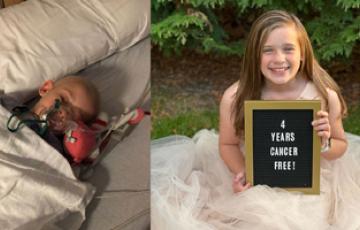Search Results
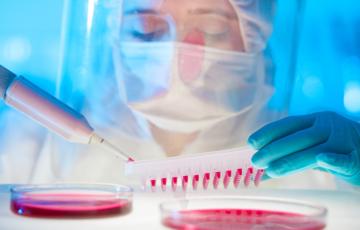
The History of Leukemia
Table of contents
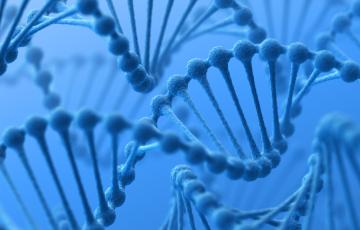
Is Leukemia Genetic?
Table of contents
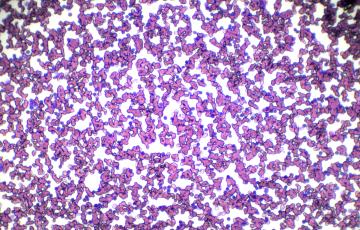
Predisposing factors to leukemia
Table of contents:
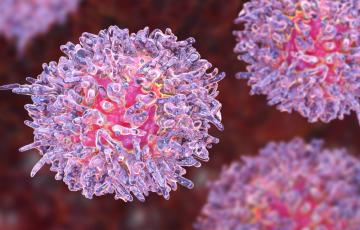
“Stages” of Leukemia: Understanding Classification and Progression
Table of contents
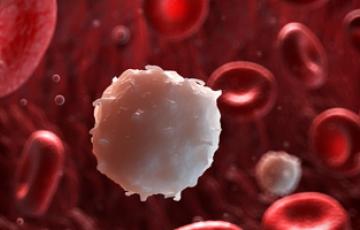
Leukemia vs. lymphoma: What you need to know
Table of contents
Ask the Doctor Part 1: Five Questions about Leukemia
Leukemia Survivor, Myrrah Talks to Dr. Nichols about the Latest in Leukemia Research and Treatment
Leukemia
Leukemia begins in a cell in the bone marrow. The cell undergoes a change and becomes a type of leukemia cell. Once the marrow cell undergoes a leukemic change, the leukemia cells may grow and survive better than normal cells. Over time, the leukemia cells crowd out or suppress the development of normal cells. The rate at which leukemia progresses and how the cells replace the normal blood and marrow cells are different with each type of leukemia.
New Study Shows 9/11 Responders Have Higher Rates of Leukemia
All 9/11 responders put their own lives at risk to save others from the events that occurred at the World Trade Center (WTC) on September 11, 2001, in New York City. Since then, several studies have shown elevated rates of cancers such as multiple myeloma, prostate cancer and thyroid cancer among first responders and those who worked nearby.
Leukemia
Please note that these resources are regularly reviewed to ensure that links still work correctly and that the resources listed continue to be helpful to our visitors. If you find that a link isn't working or information is incorrect, please email infocenter@lls.org. If you would like for us to consider adding your organization to this resource, please complete and submit this form.

FDA Approves First CAR T-Immunotherapy for Relapsed/Refractory Acute Lymphoblastic Leukemia
The U.S. Food and Drug Administration (FDA) recently announced approval of brexucabtagene autoleucel (Tecartus®) as the first and only CAR T-cell treatment for adults with relapsed or refractory B-cell acute lymphoblastic leukemia (ALL). Roughly half of all ALL cases occur in adults, and unlike pediatric ALL, adults have historically had a poor prognosis. This approval, which follows an FDA Breakthrough Therapy Designation and priority review, is a meaningful advance for these patients.

The Leukemia & Lymphoma Society's New Chief Scientific Officer Excited about What's Next in Blood Cancer Research
Lore Gruenbaum, Ph.D., was promoted to The Leukemia & Lymphoma Society’s (LLS) Chief Scientific Officer (CSO) following the retirement of longtime CSO Lee Greenberger, Ph.D. on December 31. We talked with Dr. Gruenbaum about her new role and what’s on the horizon for blood cancer research in 2025.
“It’s a privilege to lead a group of dedicated LLS scientists to seek out and fund innovative science for every type of blood cancer,” says Dr. Gruenbaum.
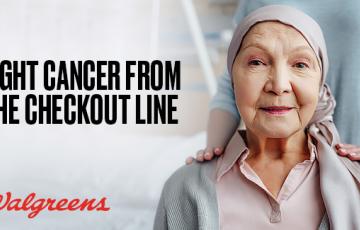
Walgreens helps raise more than $6 million for The Leukemia & Lymphoma Society (LLS) and Susan G. Komen to Advance Cancer Research and Increase Access to Care
Join us in thanking Walgreens stores and customers across the country for raising over $6 million for LLS and Susan G. Komen during their spring campaign. Donations made at checkout at more than 9,000 U.S. Walgreens locations will be split evenly between the two organizations.
During this multi-year partnership, Walgreens has helped to donate more than $25 million by 2024 to advance research for tough-to-treat cancers and increase equitable access to care.
Hairy Cell Leukemia
Hairy cell leukemia (HCL)- Is a type of blood cancer that begins in the bone marrow
- Is a rare type of chronic leukemia
- Hairy cell leukemia gets its name from the short, thin projections that look like hair on its cells.
- Many people with hairy cell leukemia live good-quality lives for years with medical care.
- Hematologists and oncologists are specialists who treat people who have hairy cell leukemia or other types of blood cancer.
- The drug cladribine is the initial treatment for most people who h
Juvenile Myelomonocytic Leukemia
Juvenile myelomonocytic leukemia (JMML)- Is an uncommon blood cancer that have overlapping features of two other types of blood cancers.
Chronic Myeloid Leukemia
Chronic myeloid leukemia (CML)- Is a cancer of the bone marrow and blood
- CML is usually diagnosed in its chronic phase when treatment is very effective for most patients
- CML has three phases
Click here to access CML statistics.
Chronic Myelomonocytic Leukemia
Chronic myelomonocytic leukemia (CMML)- Is an uncommon blood cancer that has features of two other types of blood cancers. For this reason, the World Health Organization (WHO) classifies CMML as myelodysplastic/myeloproliferative neoplasms. There are about 2,000 cases each year.
- Generally affects older adults.
- Is diagnosed in twice as many males than females.
Acute Lymphoblastic Leukemia
Acute Lymphoblastic Leukemia- Is a cancer of the bone marrow and blood
- Progresses rapidly without treatment
- Does not have a clear cause
Click here to access ALL statistics.
Click here to access information about ALL in children and teens.
Chronic Lymphocytic Leukemia
Chronic lymphocytic leukemia (CLL)- Is a type of blood cancer that begins in the bone marrow
- Can progress either slowly or quickly depending on the form it takes
Click here to access CLL statistics.
Acute Myeloid Leukemia
Acute Myeloid Leukemia (AML)Acute myeloid leukemia (AML) is a cancer of the bone marrow and the blood that progresses rapidly without treatment. AML mostly affects cells that aren’t fully developed, leaving these cells unable to carry out their normal functions. It can be a difficult disease to treat; researchers are studying new approaches to AML therapy in clinical trials.
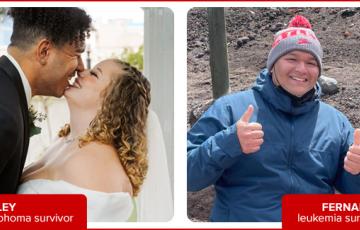
Adolescent & Young Adult Cancer Awareness Week: Free Support & Financial Resources from The Leukemia & Lymphoma Society for Blood Cancer Patients, Survivors, Families & Caregivers
** The following article highlights free resources and programs that might be of particular interest to the young adult community; these are also available to all blood cancer patients, including the families and caregivers of adolescents with a blood cancer. We encourage parents/guardians of minors (up to age 18) to request a free copy of the “Caring for Kids And Adolescents With Blood Cancer” workbook by calling 800-955-4572 and to learn more below about ways LLS can help.


